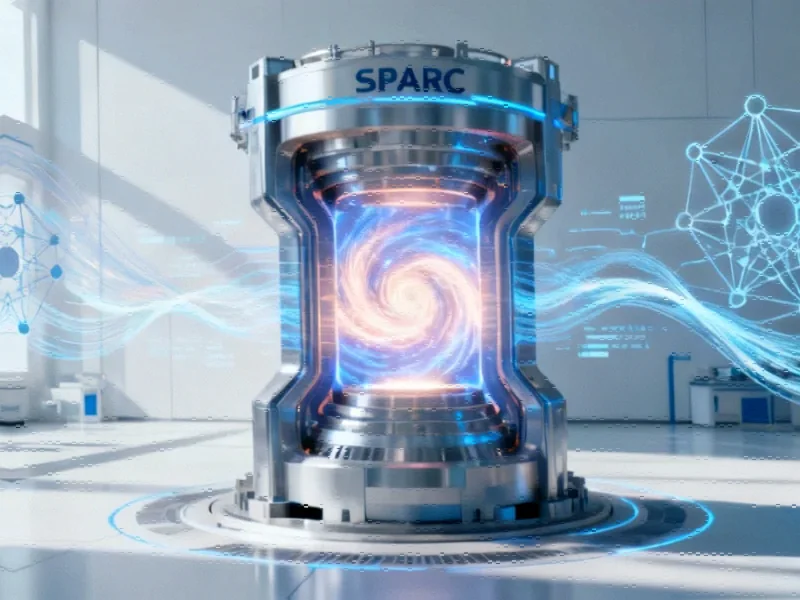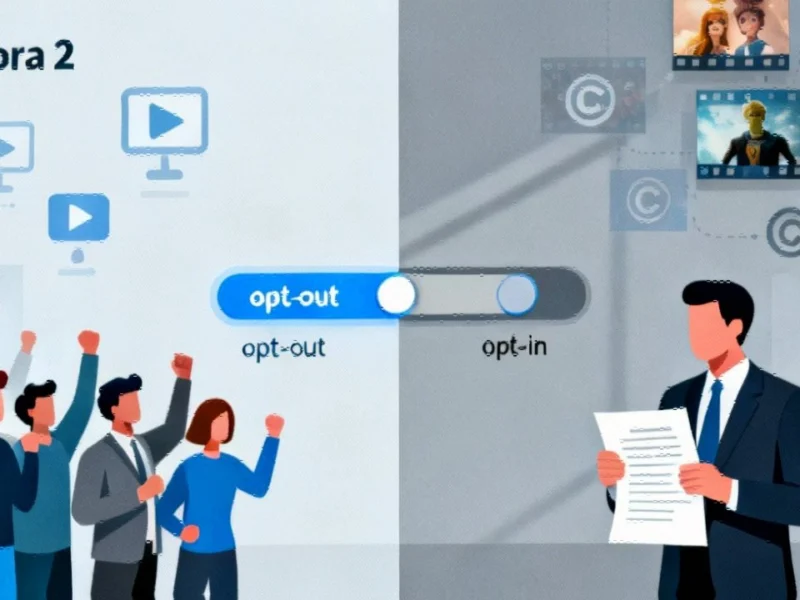Strategic Alliance for Accelerated Fusion Development
Google’s artificial intelligence powerhouse DeepMind has entered into a groundbreaking research partnership with nuclear fusion company Commonwealth Fusion Systems (CFS), marking one of the most significant collaborations between AI research and energy technology to date. This alliance represents a strategic move to leverage artificial intelligence in overcoming some of fusion energy’s most persistent technical challenges, potentially accelerating the timeline for commercial fusion power.
The partnership comes at a critical juncture for both companies. DeepMind brings its extensive AI capabilities to the table, while CFS contributes its advanced fusion hardware and reactor designs. Together, they aim to tackle three primary research areas: developing high-fidelity plasma simulations, optimizing pathways to maximize fusion energy output, and creating intelligent control systems using reinforcement learning.
Technical Collaboration Framework
At the core of this collaboration is the optimization of CFS’s SPARC tokamak reactor, a compact fusion device currently under development at the company’s Massachusetts headquarters. SPARC serves as the proving ground for CFS’s full-scale ARC power plant concept and is scheduled to begin operations in 2026, with net power demonstration targeted for early 2027.
DeepMind plans to deploy TORAX, an open-source plasma simulator, to run millions of virtual experiments before the reactor becomes operational. “TORAX is a professional, open-source plasma simulator that saved us countless hours in setting up and running our simulation environments for SPARC,” confirmed Devon Battaglia, senior manager of physics operations at CFS. This approach allows for extensive testing and refinement of operating strategies without risking physical equipment.
AI-Driven Innovation in Plasma Control
The partnership will explore how reinforcement learning agents can dynamically control plasma to distribute heat effectively from the reactor. This represents a significant advancement beyond traditional engineering approaches, as AI systems could potentially develop control strategies more complex than human-designed solutions, especially when balancing multiple operational constraints and objectives simultaneously.
This fusion of AI and energy technology reflects broader industry developments where artificial intelligence is increasingly applied to complex scientific challenges. The collaboration demonstrates how machine learning can accelerate research in fields that traditionally required extensive physical experimentation.
Commercial Context and Energy Agreements
The research partnership builds upon a Power Purchase Agreement signed earlier this year between Google and CFS, under which Google committed to offtake 200MW of power from CFS’s inaugural ARC plant. The 400MW facility, planned for Virginia’s James River Industrial Park, could become the first fusion project to deliver power to an electricity grid if it launches as scheduled in the early 2030s.
CFS’s commercial momentum continues to build, following its recent Series B2 funding round that raised $863 million and an additional PPA with Italian energy firm Eni valued at over $1 billion. The company has now raised more than $2 billion since its 2018 founding, with Microsoft among its notable backers providing cloud services. These market trends indicate growing confidence in fusion’s commercial potential among major technology companies.
Broader Industry Implications
This partnership occurs within a context of increasing technology sector involvement in energy innovation. Several major hyperscalers have begun positioning themselves for what could be a transformative shift in energy sourcing. Microsoft made headlines in 2023 by becoming the first data center company to sign a PPA with a fusion firm, securing 50MW from Helion.
The collaboration between DeepMind and CFS represents just one example of how recent technology partnerships are crossing traditional industry boundaries. As artificial intelligence capabilities advance, we’re seeing increased application of these tools to fundamental scientific challenges, potentially accelerating breakthroughs in multiple fields.
While technical hurdles remain and most projections for commercial fusion extend beyond the 2040s, this partnership signals growing confidence in fusion’s eventual viability. The combination of AI-driven optimization and advanced fusion technology could potentially compress development timelines, though significant engineering challenges persist. As these related innovations continue to evolve, they may create new possibilities for clean energy generation that could fundamentally reshape global energy systems.
This development in fusion energy research represents another step forward in sustainable technology, complementing other environmental initiatives such as those seen in community energy projects that are making renewable power more accessible.
The intersection of AI and energy technology continues to produce fascinating developments, much like other cutting-edge research areas detailed in our coverage of advanced technology partnerships. As these fields converge, we’re likely to see more unexpected collaborations that push the boundaries of what’s possible in both computing and energy science.
These technological advances occur against a backdrop of global challenges, including environmental pressures highlighted in reports on coastal vulnerability and sea level impacts, underscoring the importance of developing clean energy solutions. Meanwhile, the broader technology landscape continues to evolve rapidly, with significant innovation occurring across multiple sectors that may influence future energy development.
This article aggregates information from publicly available sources. All trademarks and copyrights belong to their respective owners.
Note: Featured image is for illustrative purposes only and does not represent any specific product, service, or entity mentioned in this article.



